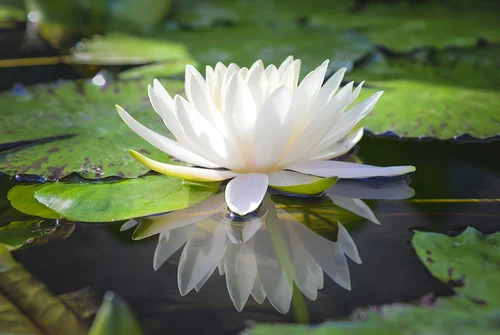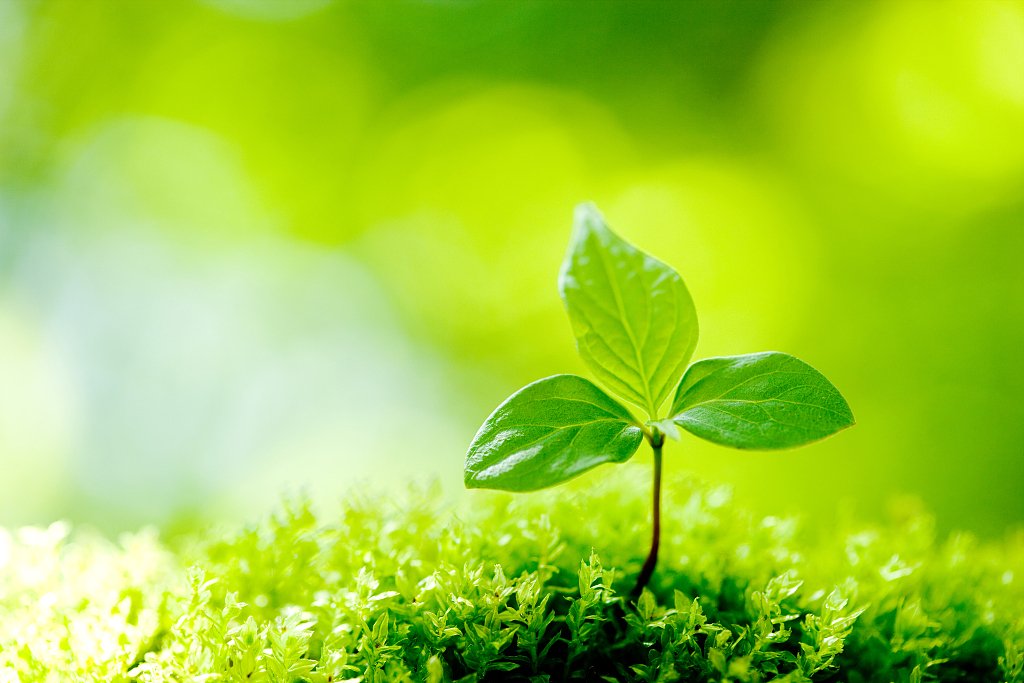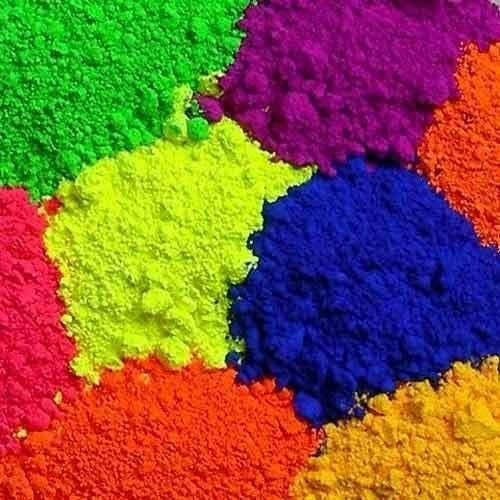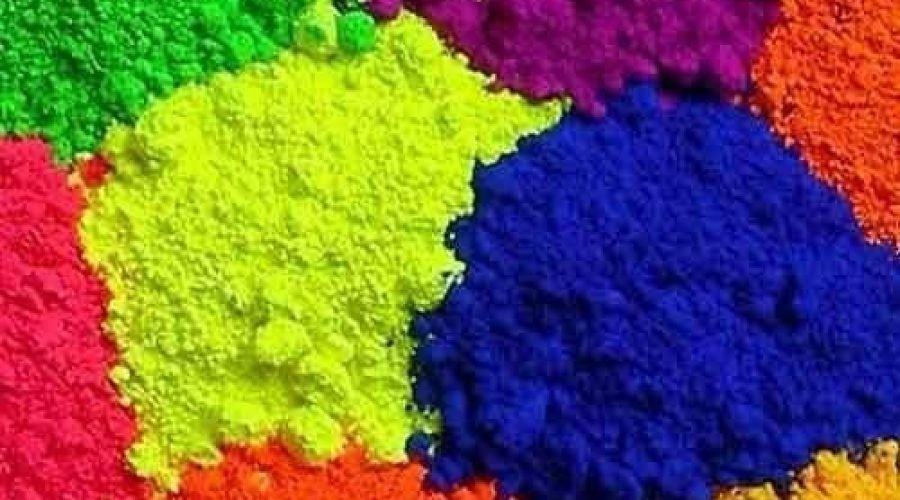In Hindu Dharma , colours play a significant role as they symbolize different aspects of the culture and traditions, surpassing merely decorative values.In Hinduism, colours are seen as symbols of the divine and are used to represent different gods, goddesses, and spiritual concepts. Each colour has its own symbolic meaning in Hindu art.
Scientifically, it also proved that different colours affect person’s moods, emotions and feelings. For instance, red represents purity, and power, while yellow (Turmeric) symbolizes knowledge, learning and wisdom. Blue represents the infinite and is associated with the god Vishnu, while green (leaves) represents life and happiness and is associated with the goddess Parvati. The Hindu artists use different colours on the deities and use different coloured dresses for each, thereby, denoting their qualitiy and characteirstics.
1.RED:

Red symbolises love, bravery, strength and purity.The colour red has positive notions in Hinduism. Red is often connected to Durga, a warrior goddess who symbolises strength and power. Therefore, it’s used for:
· Auspicious Occasions: Red is frequently used during auspicious occasions such as marriages, births, and festivals.
· Forehead Mark: A red mark is applied to the forehead during ceremonies and important events.
· Marriage Symbol: Women wear red powder on their hair parting, and a red sari during marriage.
· Deities: Red powder is thrown on statues of deities and phallic symbols during prayers.
· Shakti: Red is associated with the divine feminine energy (Shakti).
· Funeral: On the death of a woman, her body is wrapped in a red cloth for cremation.
2.SAFFRON:

The colour Saffron is considered as a sacred colour in Hinduism. According to Hindu mythology, Saffron (or Kesariya) is the colour of Sunset (Sandhya) and Fire (Agni) which symbolises sacrifice, light, and quest of salvation.The colour is worn by Hindu saints and ascetics as their devotion toward the religion.Devotees also smear Saffron paste on their forehead and belly or other parts and chant mantras as they sacrifice samagris to the Agni (fire). Many Hindu kingdoms and dynasties had Saffron colour in their flag denoting the Sanātana Dharma, including Maratha Empire. It is the battle colour of the Rajputs, the warrior caste.
3.WHITE:

White is often associated with Purity, perfection, honesty, peace and cleanliness. Saraswati, the Goddess of knowledge always shown wearing a white dress and sitting on white lotus.The brahmin is associated with white. The cleaniness of white colour symbolizes new beginnings and rebirth . Other prominent dieties would also have touch of white on their dress.
4. GREEN:

In Hinduism, the colour green holds significant symbolism. Let’s explore its meanings:
· Festive and Hopeful: Green is associated with festivity and new beginnings. It resonates with the lively season of spring, which coincides with the joyful celebration of Holi. During Holi, green is seen as something divine, representing energy, harvest, and hope.
· Nature and Happiness: Green stabilizes the mind and brings a sense of peace and happiness. It is considered a cool colour, soothing to the eyes, and closely connected to Nature. In Maharashtra, green symbolizes life and joy.
· Prince Rama and Exile: If blue is the spiritually complex colour of the gods, green represents nature and happiness. It’s the colour associated with Prince Rama, who spent most of his life in exile in the forest.
5. BLUE:

Hindu reigion believes in symbolisms and the blue colour is a symbol of the infinite and the immeasurable. Most of our planets is blue in colour, with oceans, lakes or rivers making up 70% of it .It represents peacefullness of nature. Many Hindu Gods, such as Vishnu, Krishna, and Shiva are shown with blue skin representing calm and intution. Gods like Rama and Krishna, of stable mind and depth of character, manifesting the qualities of bravery, determination and the ability to deal with challenging situation are also coloured blue.
6. YELLOW:

Yellow in Hinduism is the colour of Lord Vishnu, the colour of purity and victory. Yellow is considered an auspicious colour in Hinduism and has special significance during Vasant Panchami or Saraswati Puja. It is the colour of knowledge, understanding and wisdom.
7. BLACK:
In Hinduism, black is associated with negative energy and evil. It stands for darkness, gloom and death. Hindus try to avoid black-coloured clothes during their visit to temples or some grand festival celebrations.
THE THREE COLOURS , THREE GUNAS AND THREE GODS:
The Gods who symbolize these gunas are Vishnu the sustaining force, Brahma the creative force and Shiva the destroyer.
Vishnu presides over the Sattva Guna, Brahma presides over the Rajo Guna, and Shiva lords over the Tamo Guna.
· Sattva is pure intelligence with no polarity, it is symbolized by the colour white.
· Rajas is for fiery transmutation, passion, and attachment, for this it is considered Red.
· Tamas for darkness, rest, sleep, inertia, and ignorance (literally being in the dark, not knowing) is the colour, Black.


